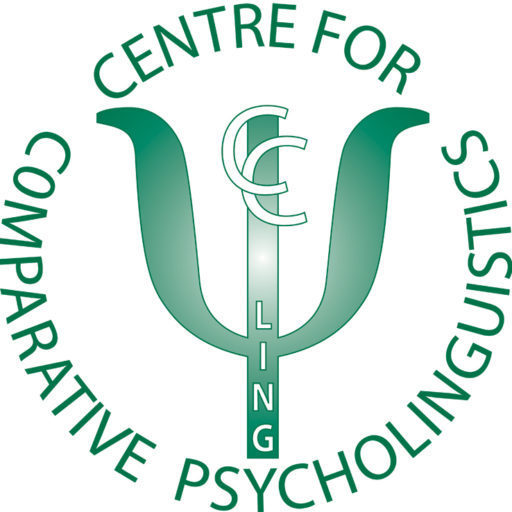Harald Baayen, Yu-Ying Chuang, and Peter Hendrix (Tuebingen/Tilburg)
Monday May 10, Tuesday May 11, Thursday May 13, and Friday May 14
8:00am – 10:00am MDT (GMT-6)
The generalized additive model (GAM) is extension of regression modeling that makes it possible to model a response variable as a nonlinear function of one or more numeric predictors. Examples of such nonlinear functions include changes in fundamental frequency (pitch) over time in the audio signal of spoken words, the articulatory trajectories of tongue sensors (registered with electromagnetic articulography) during speaking, and the probability of a standard pronunciation as a function of longitude and latitude in dialectometry. This course will begin with a session introducing the basic concepts underlying GAMs. This session will also include discussion of how to fit GAMs to data with both numeric regressors and random effect factors. The second session will illustrate how GAMs can be applied to ordinal and multinomial data, how autocorrelations in time series can be brought into the model, and what to do if one’s data do not conform to standard Gaussian assumptions. We will show how, when violations of Gaussian assumptions cannot be corrected, quantile GAMs provide an excellent solution. The third session will provide a survey of ways in which GAMs can be profitably put to use for the analysis of phonetic data. Finally, the fourth session will introduce PAMs, piece-wise exponential additive models, which provide a new way for modeling time-to-event data such as reaction times. Each session will be accompanied by a hands-on session in which participants will be guided through worked examples. To maximally profit from worked examples, participants are advised to have Julia installed on their computers.
Introductions to GAMs:
Baayen, R. H., and Linke, M. (in press). An introduction to the generalized additive model. In Gries, S. Th. and M. Paquot (Eds.) A practical handbook of corpus linguistics. Springer, Berlin. http://www.sfs.uni-tuebingen.de/~hbaayen/publications/BaayenLinke2020.pdf
Chuang, Y-Y., Fon, J., Papakyritsis, I, and Baayen, R. H. (2021). Analyzing phonetic data with generalized additive mixed models. To appear in: Ball, M. J., (editor), Handbook of Clinical Phonetics, Routledge. http://www.sfs.uni-tuebingen.de/~hbaayen/publications/ChuangFonBaayen2020.pdf
Miwa, K., and Baayen, R. H. (2021). Nonlinearities in bilingual visual word recognition: An introduction to generalized additive modeling. Bilingualism: Language and Cognition, 1-25. http://www.sfs.uni-tuebingen.de/~hbaayen/publications/MiwaBaayen2021.pdf
Baayen, R. H., Vasishth, S., Kliegl, R., and Bates, D. (2017). The cave of Shadows. Addressing the human factor with generalized additive mixed models. Journal of Memory and Language, 206 – 234. https://arxiv.org/abs/1511.03120
